The X-ray diffraction facilities of ISIC currently runs 8 X-ray diffraction instruments, which are located in the labs of BCH in Lausanne and I17 at EPFL VS, and which allow for most applications in powder, thin film and single crystal X-ray diffraction, at ambient as well as non-ambient conditions. For a list of basic services please refer to the respective page.
- Available Instrumentation
- Sample environments
- Types of sample and sample preparation
- Synchrotron experiments
Diffractometers available at ISIC
Powder and thin film diffraction (all Cu sources):
- D8 Discover Plus TXS (Bruker). 5-circle diffractometer, reflection and transmission, sample screeners available, texture, pole figures, GID, IP, 2D-GIWAXS, SAXS, XRR, RSM, equipped with rotating anode (Cu), 2D detector Dectris Eiger2, Eulerian cradle, con-coplanar detector arm, low temperature chamber (-190 °C – 600 °C, reflection) – BCH 2118
- D8 Discover Vario (Bruker), equipped with Johansson Kα1 monochromator for Bragg Brentano measurements (symmetrical reflection) – BCH 2118
- D8 Advance (Bruker), reflection and transmission, 45 position sample changer (reflection), transmission furnace 900 °C max – I17 0 I2
- D8 Discover (Bruker), reflection and transmission, GID, reflection screening plates (96 pos max), reflection furnace 450 °C max – I17 0 I2
Single Crystal diffraction:
- Synergy – DW rotating anode (Rigaku), equipped with dual wavelength microfocus and curved photon counting detector (IUCr resolution at one detector position) Can take up diamond anvil cells (high pressure) to measure single crystals or powders under pressure – BCH 2118.
- Two Supernova diffractometers (Oxford Diffraction, Rigaku), equipped with dual wavelength micro-source and CCD cameras – BCH 2117 and 2118
- D8 Venture (Bruker), Molybdenum micro-source and Photon 100 (CMOS) detector – I17 0 I2
- Apex II (Bruker Nonius), Molybdenum standard tube and CCD camera – BCH 2118.
Sample Environments
A variety of sample environments are available on the different instruments, allowing to carry out “in-situ” studies of materials under external stimulus (click on image for enlargement). The facility is also continuously developing novel sample chambers in collaboration with its users and the excellent ISIC workshops in order to meet specific needs. Please do not hesitate to contact Pascal Schouwink to discuss your ideas, projects or if you do not find the specific sample environment here:
Powder samples/Thin films
- Reflection measurements, low temperature chamber Anton Paar TTK 600, temperature range -190 – 600 °C. Inert gases, some other gases possible.
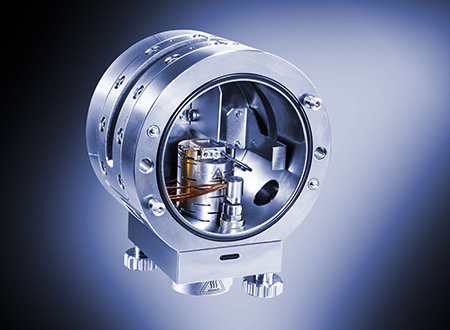
- Reflection measurement, portable cell, home-made, temperature range 25 – 400 °C. Portable (< 1 kg), can be installed on D3 Discover (I17), TXS (BCH 2118) and on various beamlines. Very large opening angle (kapton window), 2D-GIWAXS possible. Users can borrow this cell for synchrotron experiments after previous training. All gases possible (within safety restrictions).
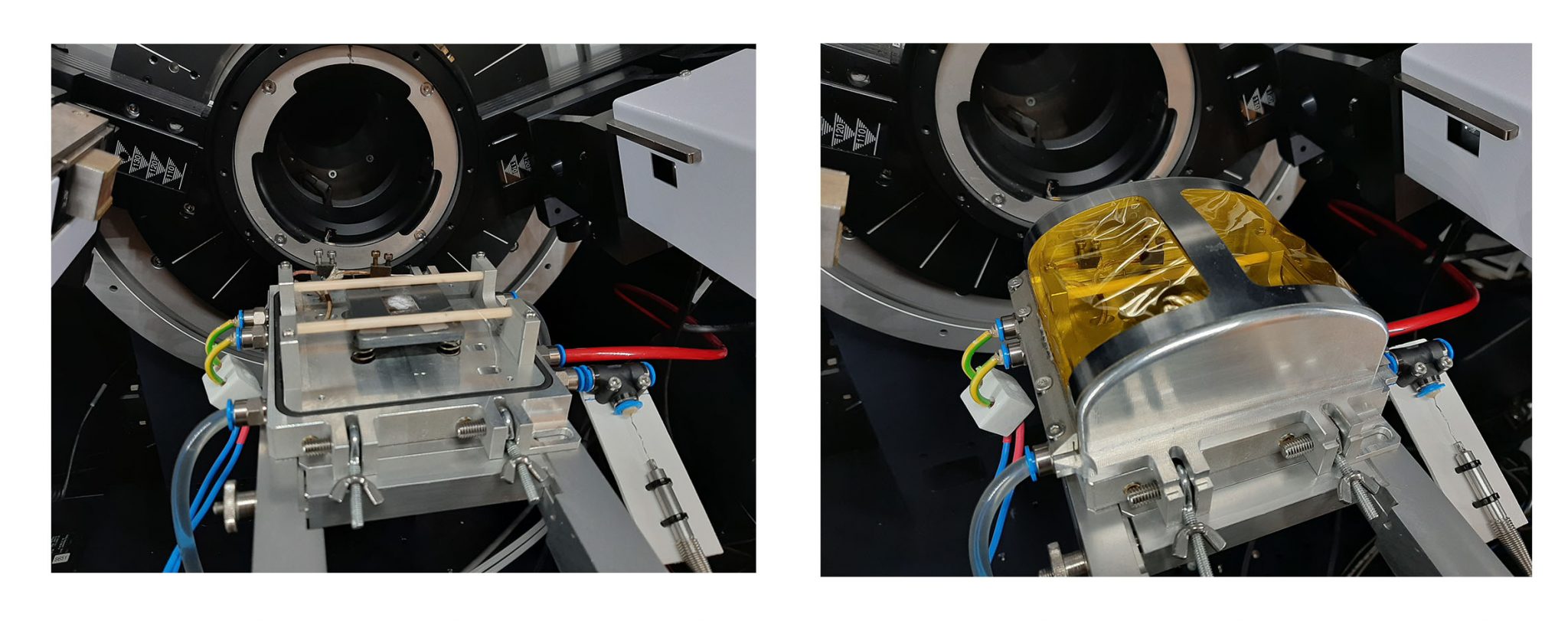
- Reflection measurements, LNCE cell, in collaboration only. Temperatures above 600 °C (1000 °C max), requires time and investment to reach high temperatures.
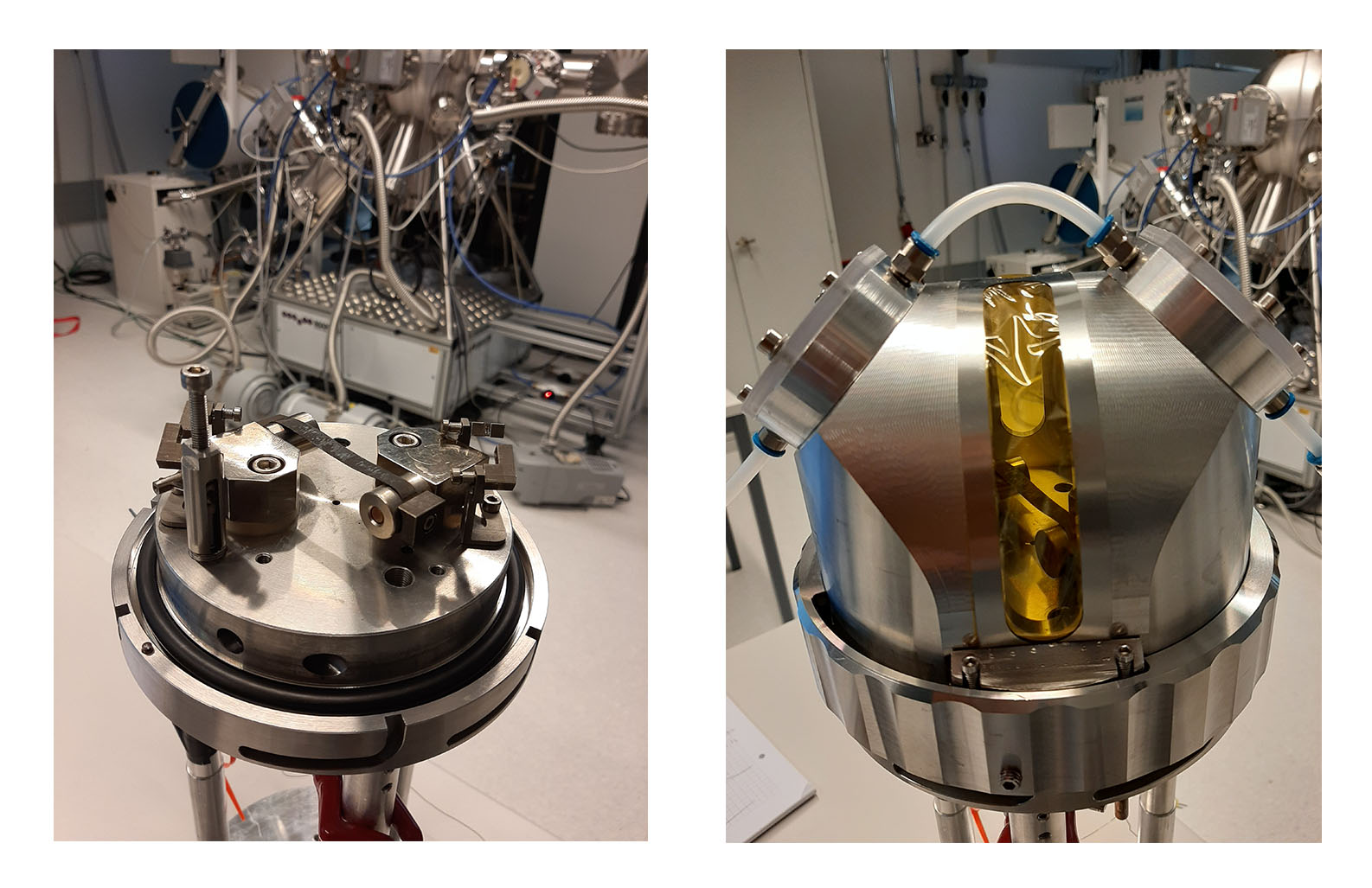
- Transmission measurements (glass capillary), resistive heater, temperature range 25 – 900 °C, installed on D8 Advance I17.
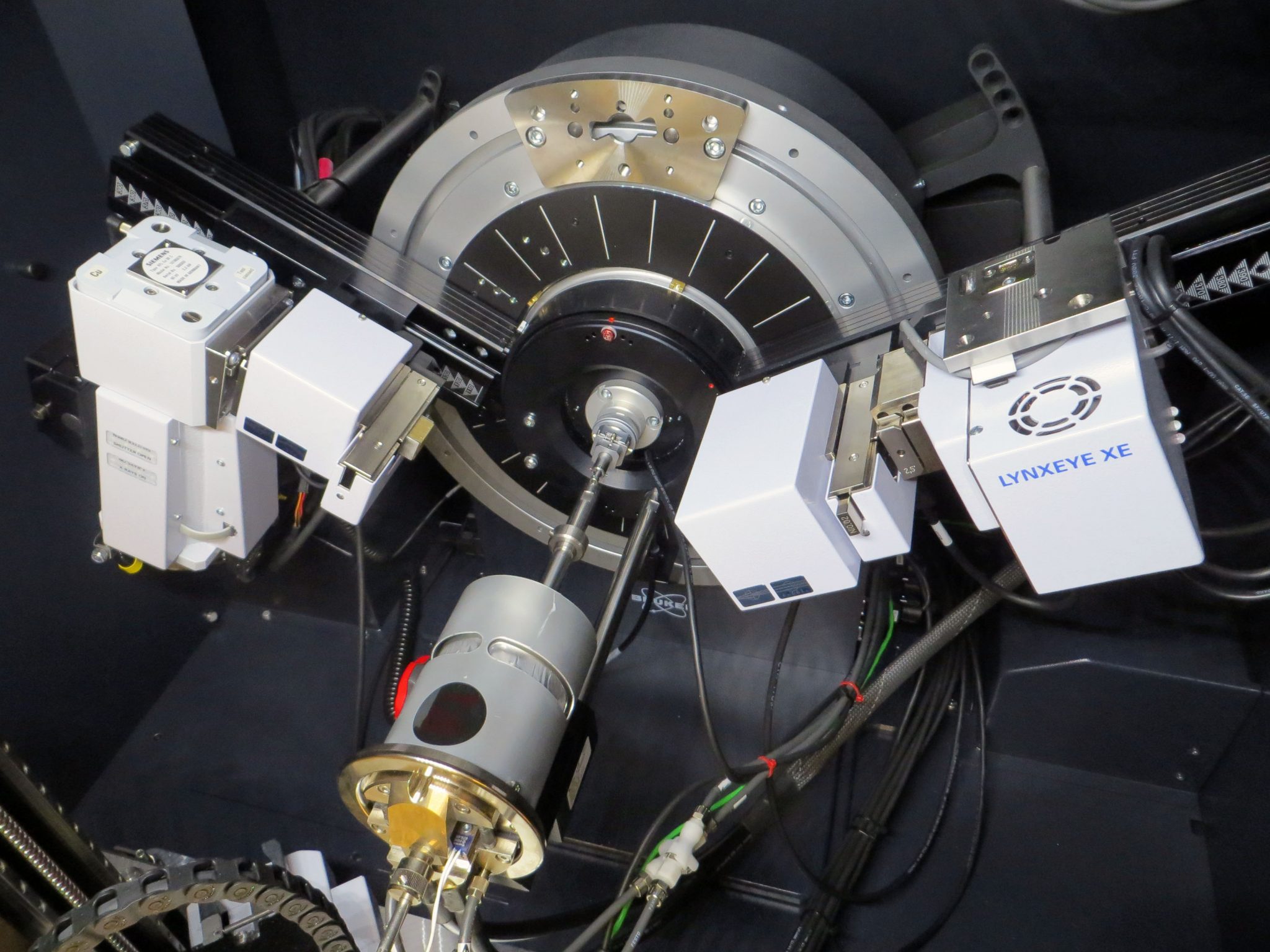
- Transmission measurements (glass capillary), heat blower, temperature range 25 – 600 °C, portable, can be installed on all instruments.
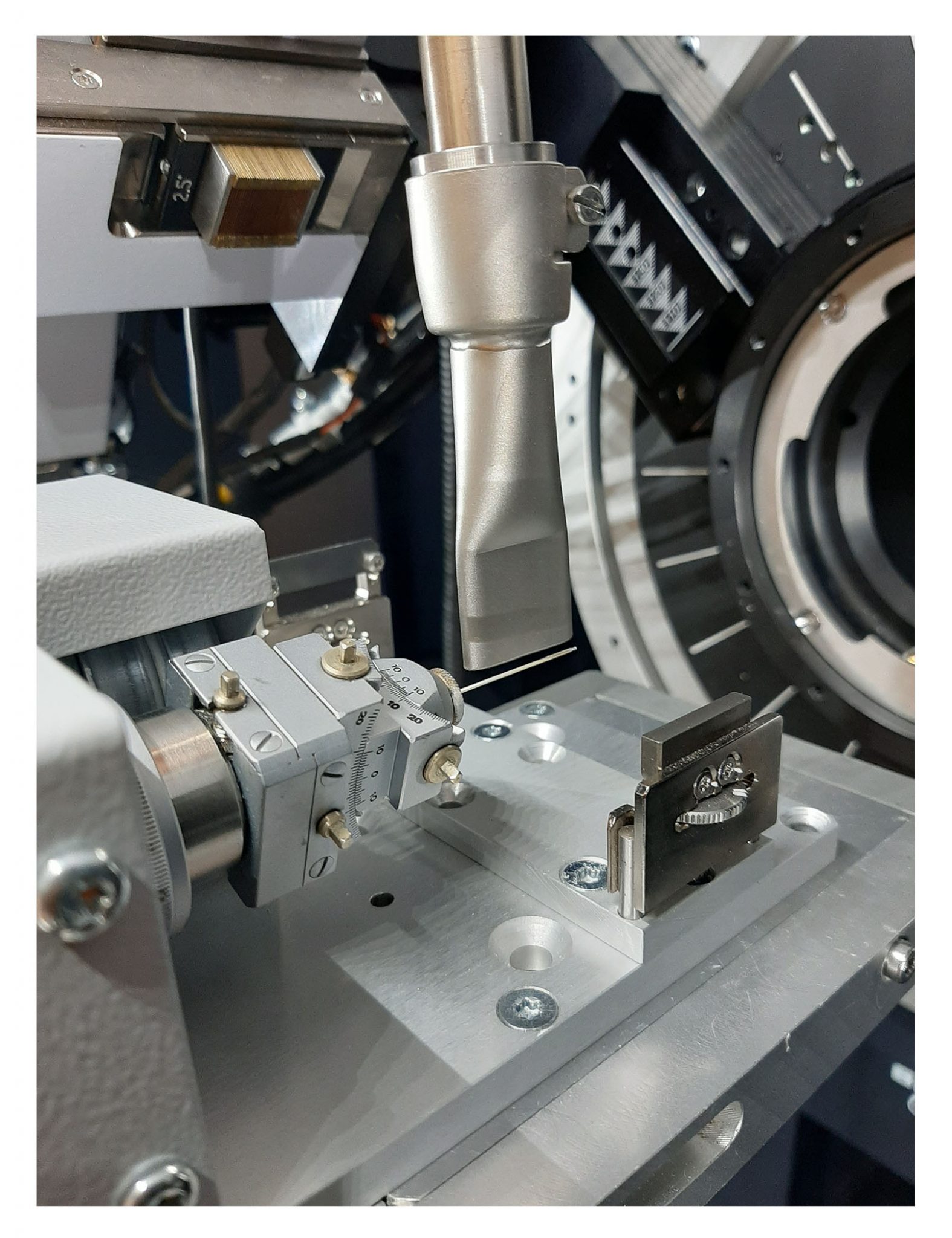
- Transmission measurements, pressure cell (capillary), approx 50-60 bar max pressure (can be higher depending on assembly), different gases possible.
Single crystals:
- Temperature range 80 – 400 K (-193 – 127 °C), Supernova 1 (BCH), Supernova 2 (BCH), D8 Venture (I 17).
- Temperature range 80 – 500 K, Synergy-DW (BCH).
- Gas. Single crystals can be measured under vacuum or loaded with a gas/guest in glass capillaries, provided the crystals diffract well enough. The options need to be discussed with users case by case.
- High pressure. Diamond anvil cells can be mounted on the Synergy DW, benefiting from the high brilliance of the rotating anode Mo – source.
Samples
The different instrumental setups allow to measure a large variety of samples. These include all kinds of polycrystalline materials, such as powder samples, nanoparticles, thin films, polymers but also printed materials, heterostructures, mechanical parts or devices. Usually mg amounts of a respective sample are sufficient. A large number of samples can also be screened to evaluate the feasibility of further experiments. In general the specific requirements and the desired information are discussed together prior to experiment.
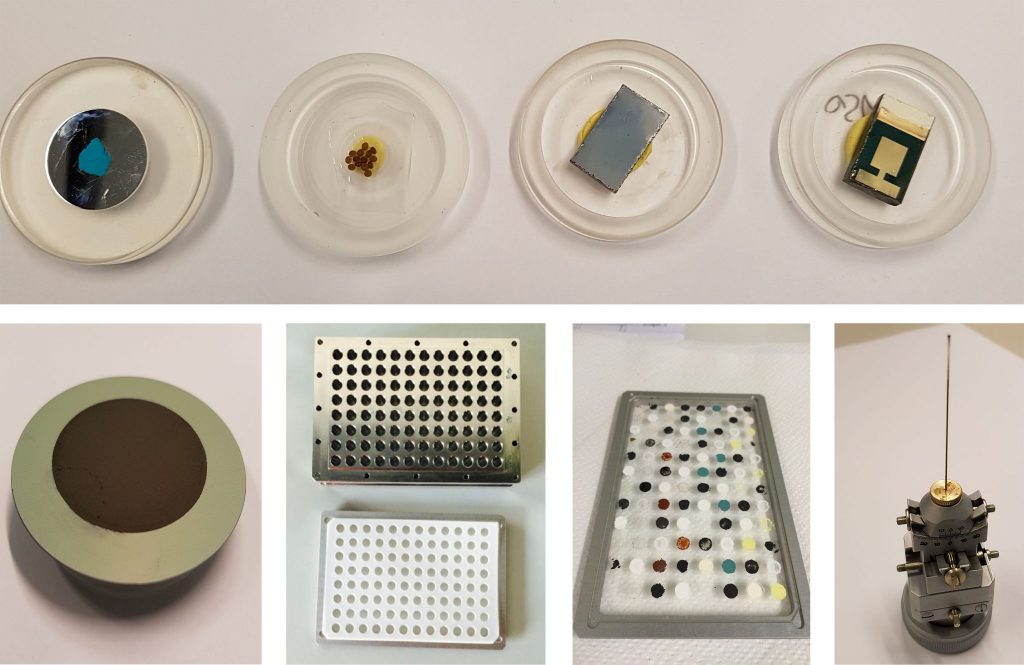
Samples: some examples of commonly measured samples are shown on top, from left to right: Metalorganic framework (MOF) powder sample, polymer beads, perovskite thin film, perovskite film with electrode. bottom, left to right: Solid Oxide Fuel Cell (SOFC), high throughput sample changer for synthesis robot (before and after loading), powder under Argon atmosphere in glass capillary.
Synchrotron Experiments
We can help you out with advice and support in designing projects and writing proposals to large facilities (X-ray or Neutron scattering). If needed we can also collaborate extensively with users on such experiments (contact us), including data analysis. At present, Swiss users benefit from frequent access in particular to the Swiss Light Source of PSI and the Swiss Norwegian Beamlines of the European Synchrotron Radiation Facility ESRF. You can have a look at their beamlines here: